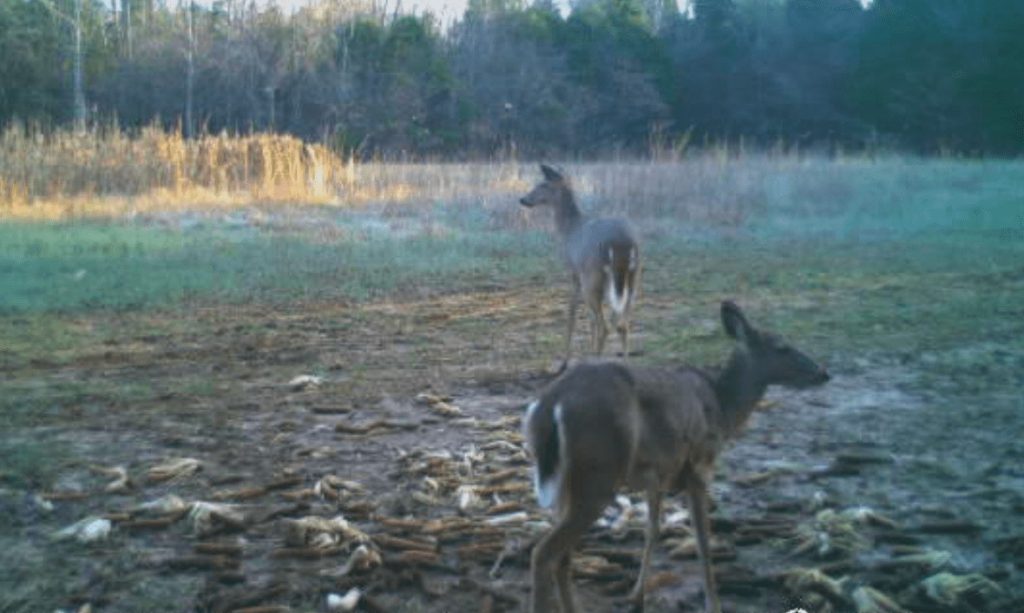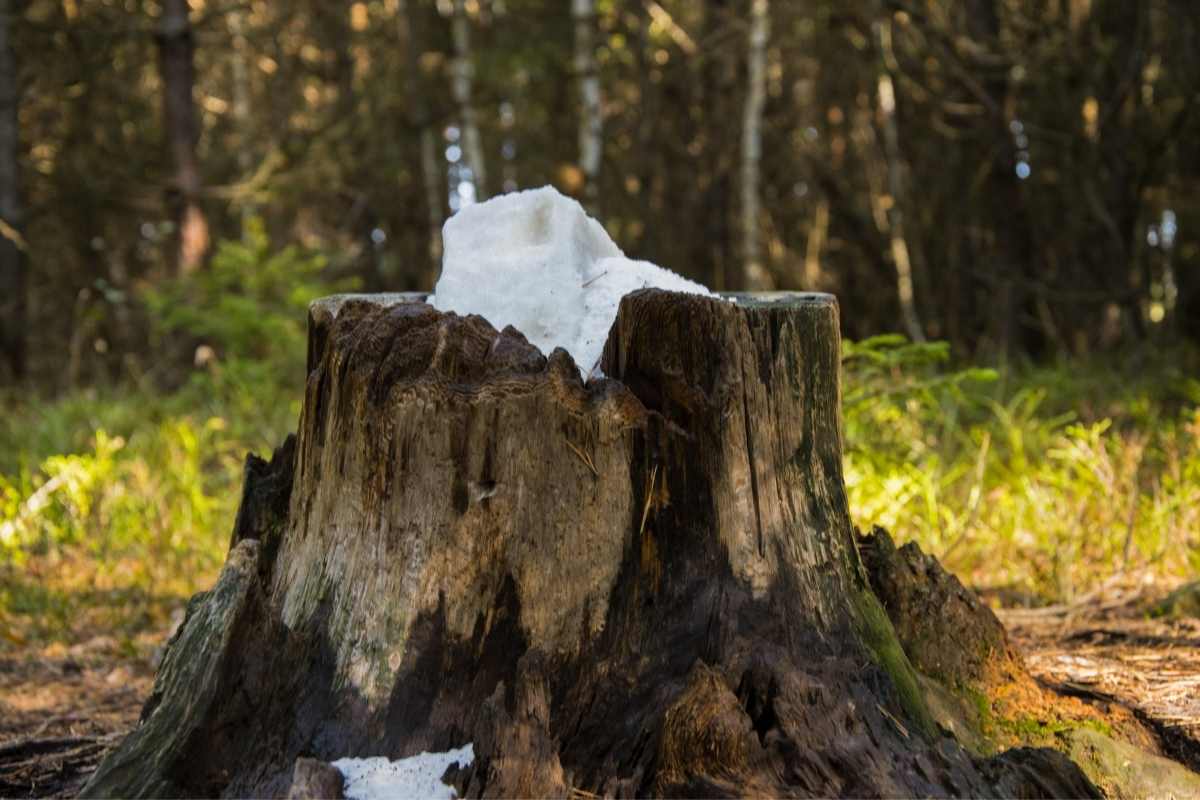Do you wonder when deer stop using minerals licks? It seems like it drops off quite significantly in September. You will still see some activity in September, but the most action will be from April-September.
So, what are the seasonal mineral needs deer have? Basically, as long as they’re eating well during the summer months, deer don’t really require any special nutrition.
Contents (Jump to Topic)
ToggleSeasonal Deer Mineral Needs
Deer must get enough minerals in their system during spring and summer, but fall and winter don’t offer the same benefits. In the spring and early summer, when deer are feeding most heavily, they eat mainly lush green vegetation containing high moisture levels.
read.. what does deer poop look like
Since deer consume a lot of water, they must maintain the minerals and salts in their bodies. As a result, many hunters think there’s a link between deer and salt, so they start buying cattle mineral blocks for deer.
They’ll certainly be interested, but it won’t give them many nutrients for growing antlers. Antlers are made up of primary proteins and minerals.
read.. do deer eat pumpkins
According to the QDMA, antlers harden in late summer to about half protein and half minerals. While calcium and phosphorus are the most common minerals in hardened antlers, it makes sense that they are the best minerals for antler growth.
However, many other trace minerals are also crucial for antler growth. Additionally, deer need phosphorus and calcium for milk production in lactating does and for bone development in growing fawns. As a result, you should, at the very least, search for mineral blocks containing these two elements.
How Many Mineral Sites Do You Need?

The number of mineral sites needed depends on how many minerals your deer has access to. If you live in an area with poor soil quality or where minerals aren’t readily available, then you may want to consider supplementing your deer’s diet with mineral blocks. There is no set number of mineral sites needed per acre. It depends on where you live.
What Time Of The Year Do Deer Use Mineral Licks The Most
As mentioned above, April to September is the primary season for deer to use mineral licks. This is because they are actively seeking out food sources. If you live in an area where deer are commonly found, you can expect to see them using mineral licks throughout the year. The only difference is that they may use them less frequently in the colder months.
The University of Missouri published an interesting research paper on the importance of minerals for deer health.
“Minerals make up about 5 percent of a deer’s body. However, the complete list of specific minerals and amounts required by white-tailed deer is currently unknown. The two most prevalent and studied minerals are calcium (Ca) and phosphorus (P). White-tailed deer need these two minerals for bone and antler growth, milk production and general metabolism.”
Source: https://extension.missouri.edu/publications/g9487
Good Locations for Deer Mineral Sites
What is a good location for placing deer minerals? Well, obviously, places close to water holes, bedding areas, or food plots are ideal. Mineral and salt blocks will make deer thirsty, so they will naturally seek out freshwater sources. Remember that they are designed to attract deer, so don’t put them near fences or anything else that could prevent deer from drinking. Also, you have to find a location favorable to daytime movement – not much use if the buck of your dreams shows up during nighttime.
Here is what Steve Flores over at the DeerLab has to say about mineral sites:
“Because mineral sites are established long before the rut, a time when most mature bucks aren’t going to be on their feet during daylight hours, you have to find a location conducive to daytime movement. It does little good to place mineral sites in areas where deer do not feel comfortable moving during sun up.”
Read his full article here: https://deerlab.com/blog/deer-mineral-sites-for-daytime-movements
Is Deer Mineral Lick Supplementation Necessary?
Providing minerals is highly recommended. Why? Because mineral blocks offer a great source of calcium and phosphorus for deer. These minerals are essential building blocks for healthy bones and strong antlers. They also help produce milk for nursing does and build strong muscle tissue for growing fawns.
It is time to start looking for the right products (more about mineral blocks) once you know which minerals your deer lacks. Analyzing the soils for macro-and micronutrients should be your first step. The Mississippi State University found that Antler size depends on age, nutrition, and genetics. I know – that’s something hunters probably had been aware of before. But:
“The nutritional quality of a deer’s diet depends on habitat quality, which means that antler size depends on habitat quality. Almost every habitat will decline in quality over time if left unmanaged, so active habitat management programs are critical to the success of any deer management program.”
Source: https://www.msudeer.msstate.edu/nutrition-and-genetics.php
As said above, once you know what minerals are lacking in your area, mineral supplementation could become necessary.
Hunting Strategies for Deer Minerals
You can create a natural stopping point for deer by placing a mineral site off the trail leading into a food plot. If you can put your treestand in a favorable position close to the mineral site, you may find enough time to take this shot.
That’s particularly true for bow season openers starting in early to mid-September when mature bucks are still exercising their Summer movement patterns.
Summary
So when do deer stop using mineral blocks? The time from April to September seems to be the most common time of year for them to use mineral sites. The frequency when deer are actively seeking out mineral sites drops significantly from September on.






